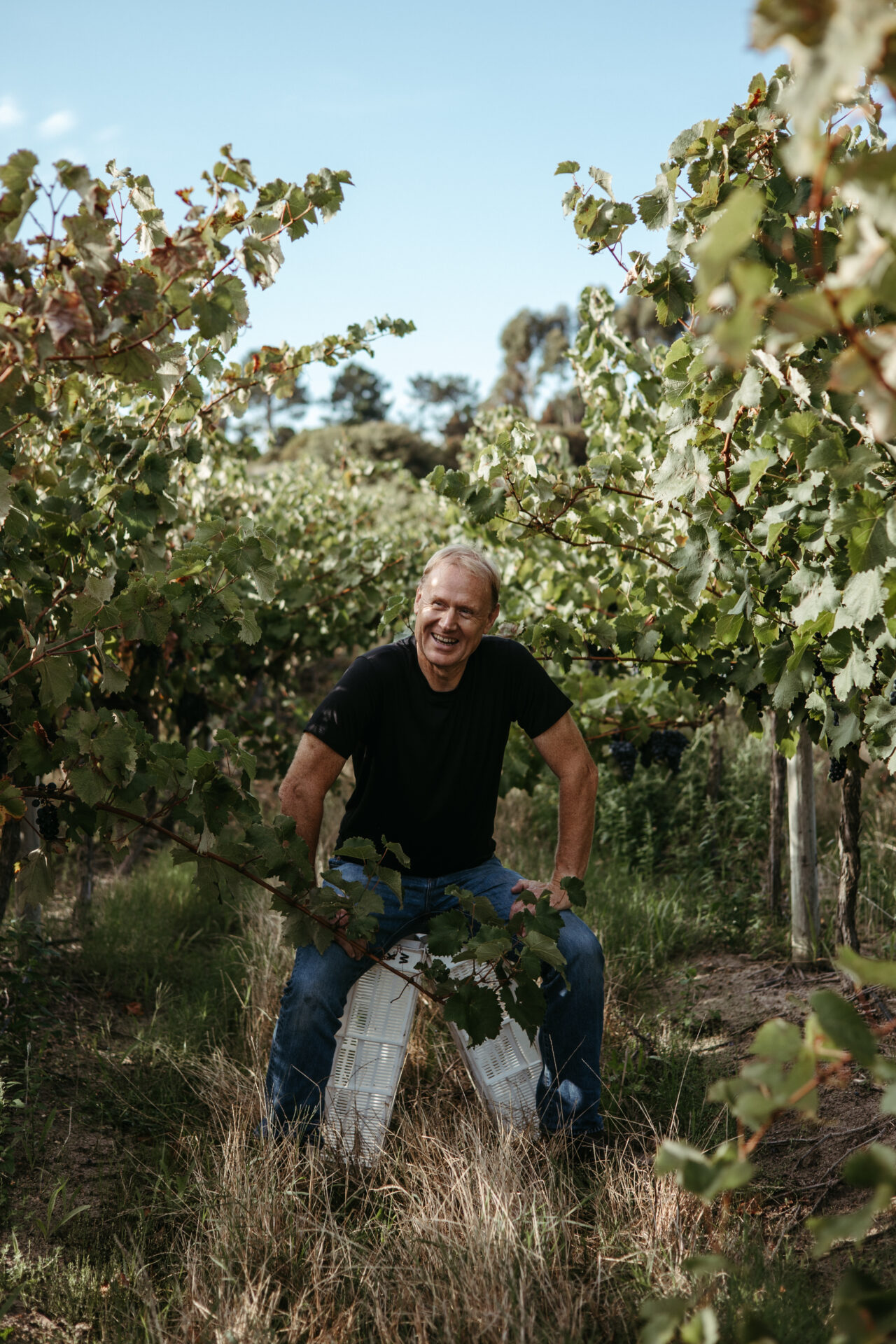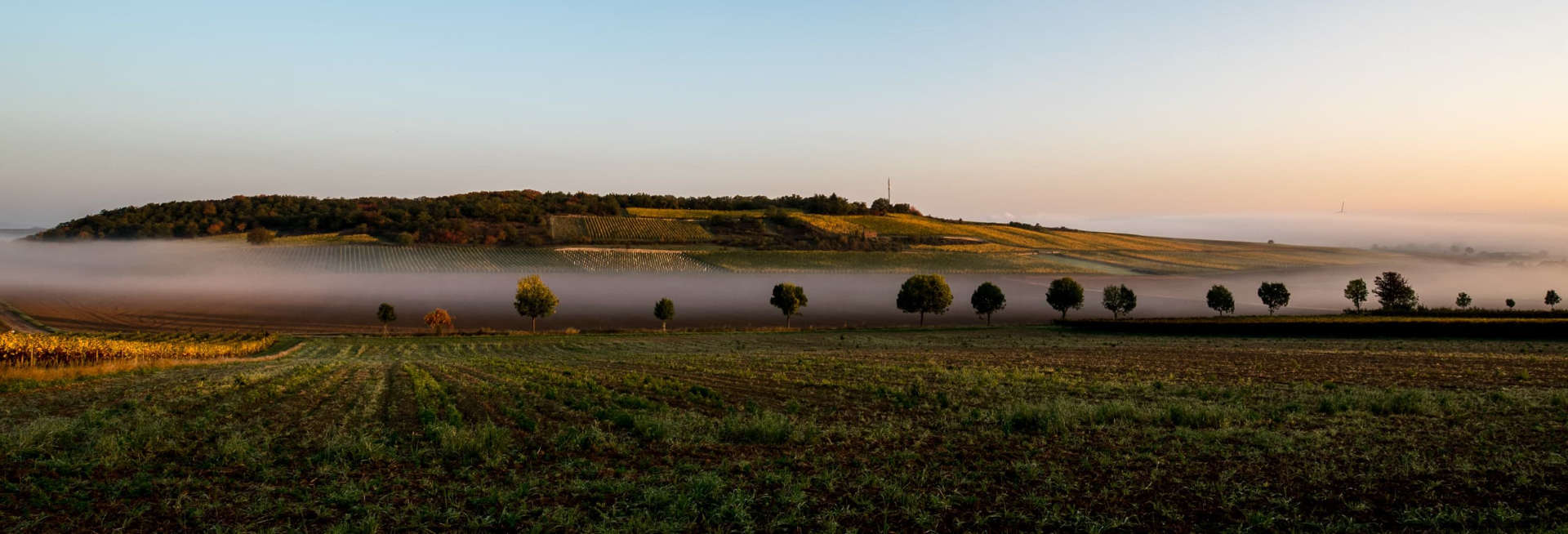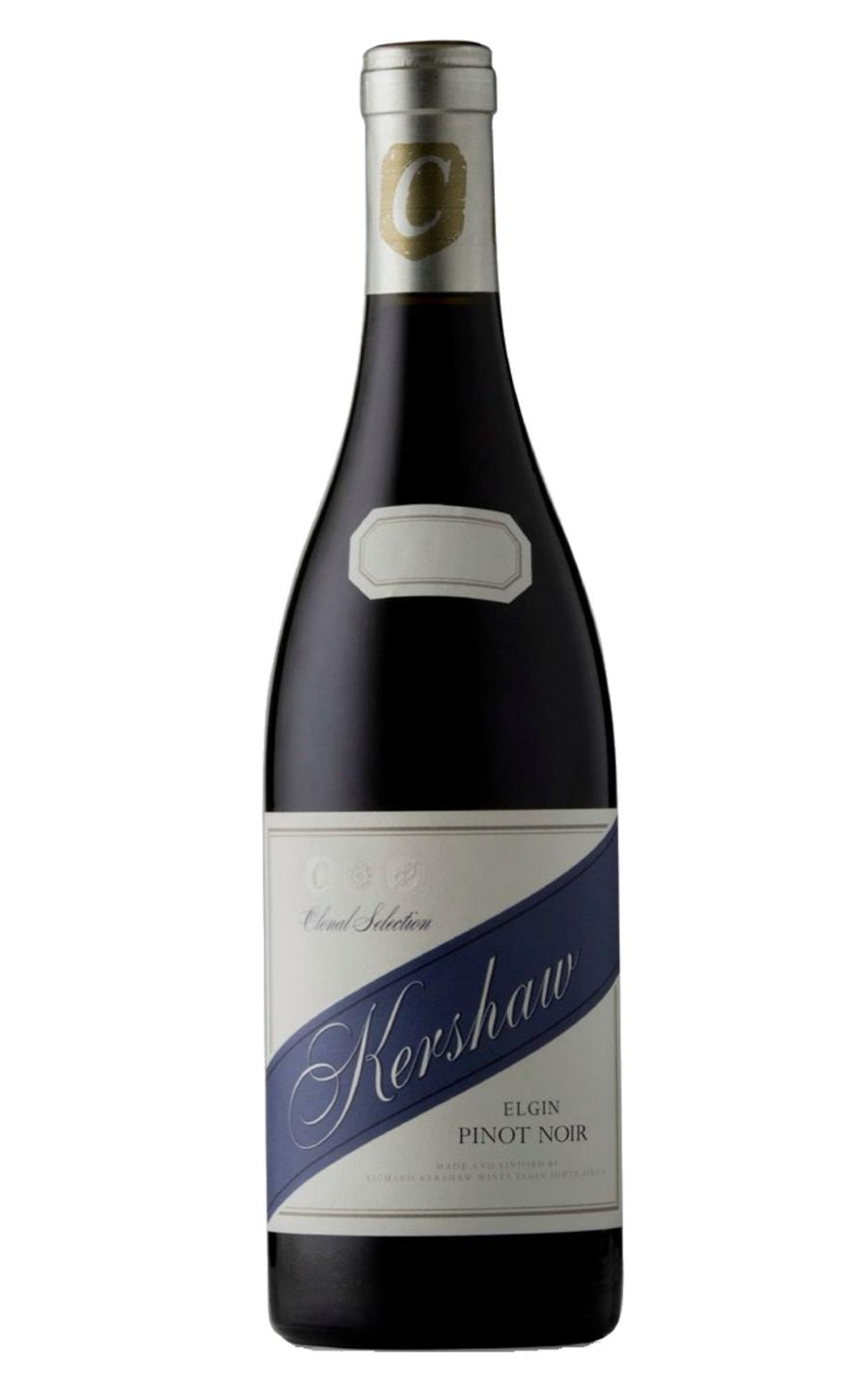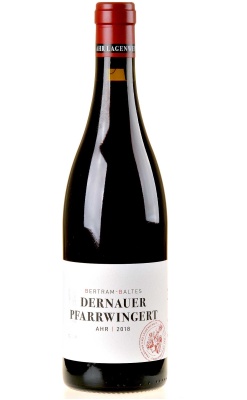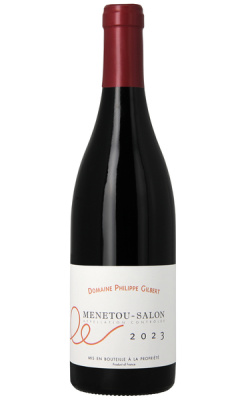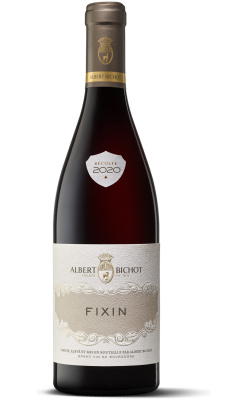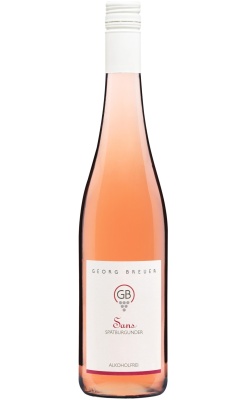Clonal Selection Pinot Noir
Learn More About This Wine
In 2012, owner Richard Kershaw MW, established Richard Kershaw to create clonally selected, site-specific, cool climate wine paradigms from opposite noble grapes i.e. ones with the ability to produce world-class examples. SA’s coolest wine district, Elgin Valley, reflected these principles benefitting from higher altitude, ocean proximity, specific cloud cover sequencing, high cold units and a large diurnal range, enabling the germane grapes, Chardonnay, Syrah and more recently Pinot Noir, to show a sense of place.
As a vintage, 2019 started well with a return to average winter rainfall that continued well into spring. In tandem, cold units, to allow much needed respite for the vines to sleep, were the best for five years. The cooler spring did result in a late bud break for Pinot, and although there were some unusually warm conditions at the end of October, spring was milder than average with quite a high amount of liberally sprinkled rainfall – 200mm – between October and December. The wind surged on several days damaging some of the young shoots and flowers but was sporadic, leaving us with lower yields on some parcels and average on others. The cooler November weather also meant some flowers failed to pollinate correctly resulting in millerandage in which fewer berries appear on the eventual bunches. As New Year came and went, summer was cooler than average and maximums during the hottest months never got more than 34 degrees Celsius. The cooler weather did help the vines accumulate flavour more gradually. We started picking Pinot Noir in the last week of February about a week after the warmer weather had subsided. The malic acids are higher, giving more bite and freshness to the wine. Equally, the colder conditions allowed synchronous ripening of sugar and secondary metabolites alongside fantastic colour, elegant structure and more finesse to the tannins.
The grapes were handpicked into small lug baskets and manually sorted on a conveyor before the stems were removed. The destemmed berries fell onto a vibrating table in order to remove jacks and substandard berries before dropping uncrushed into small 500kg open-topped fermenters. The grapes underwent a 3-day maceration before spontaneous fermentation began. A gentle delastage program was charted, whereby all the juice ran from the tank daily, to allow any unwanted lees to settle out and for the cap to completely collapse before running the juice back over the crumbled pomace. The grapes remained on skins for 12-18 days before being run off their skins to tank with the remaining marc gently basket pressed. The wine settled overnight before being racked by gravity to the barrel. Malolactic proceeded in barrel followed by a light sulphuring after which the finished wine spent around 10-11 months undergoing maturation. During this period each and every barrel was tasted every 6 weeks and notes and scores logged to better understand our knowledge of clonal, soil and barrel selection. No finings were generally necessary, and the wine was simply racked and lightly filtered prior to bottling.
A small number of artisanal coopers were selected, all from Burgundy and only French oak was chosen. Importantly, each clone and soil type was micro vinified as separate batches. Each batch used an algorithm that they have developed to ascertain which coopers work best and how many new and used barrels were utilised. Overall, the average in 2019 was 22.4% new oak; 71.9% 228 l, 8.6% 300 l; 7.2% 500 l and 12.5% in breathable eggs.
Captivating floral attributes underscored by purity, focus and freshness framed by fine powder tannins yet cushioned by a succulent texture and flavours of black cherry, pomegranate, rose petal and raspberry.
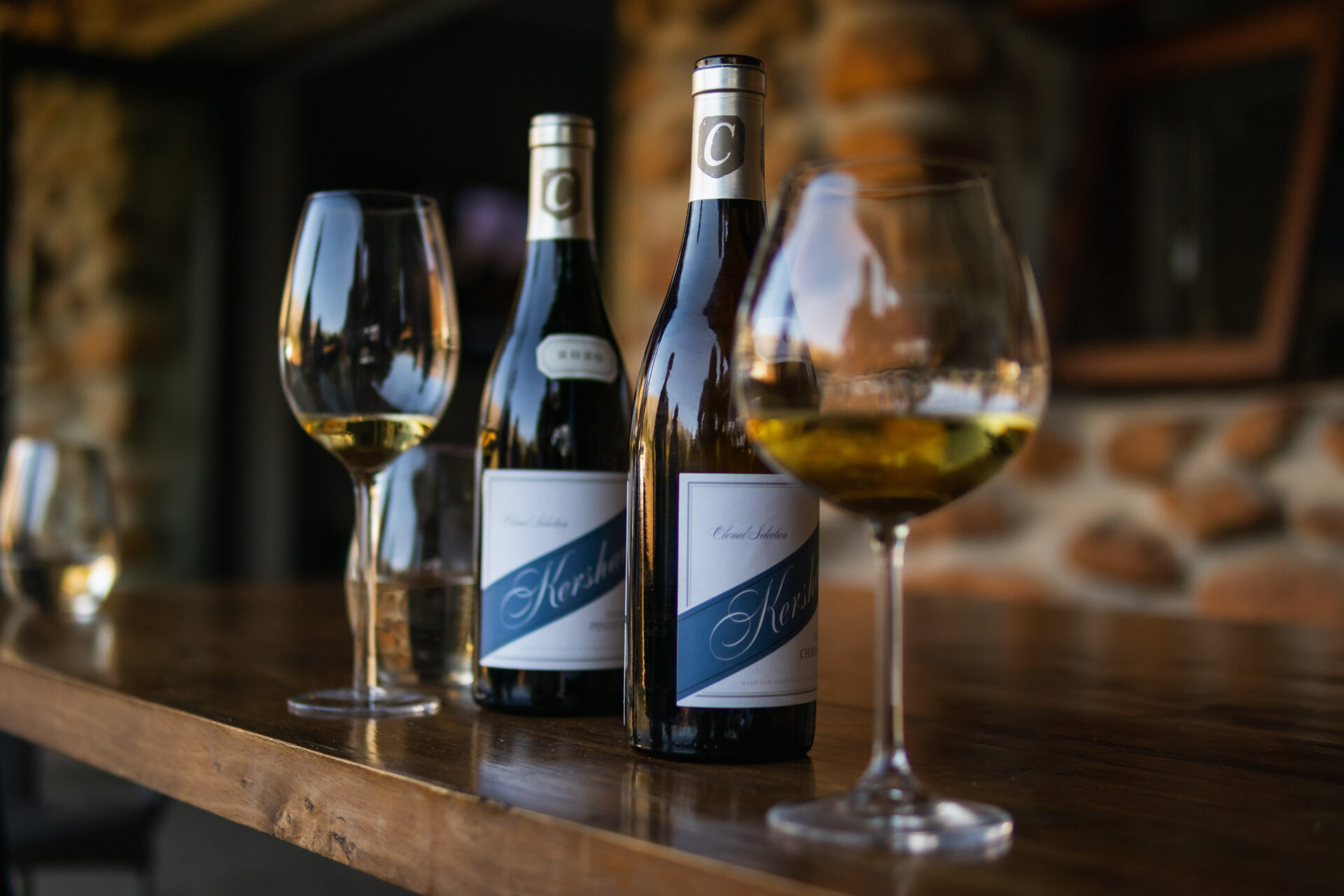

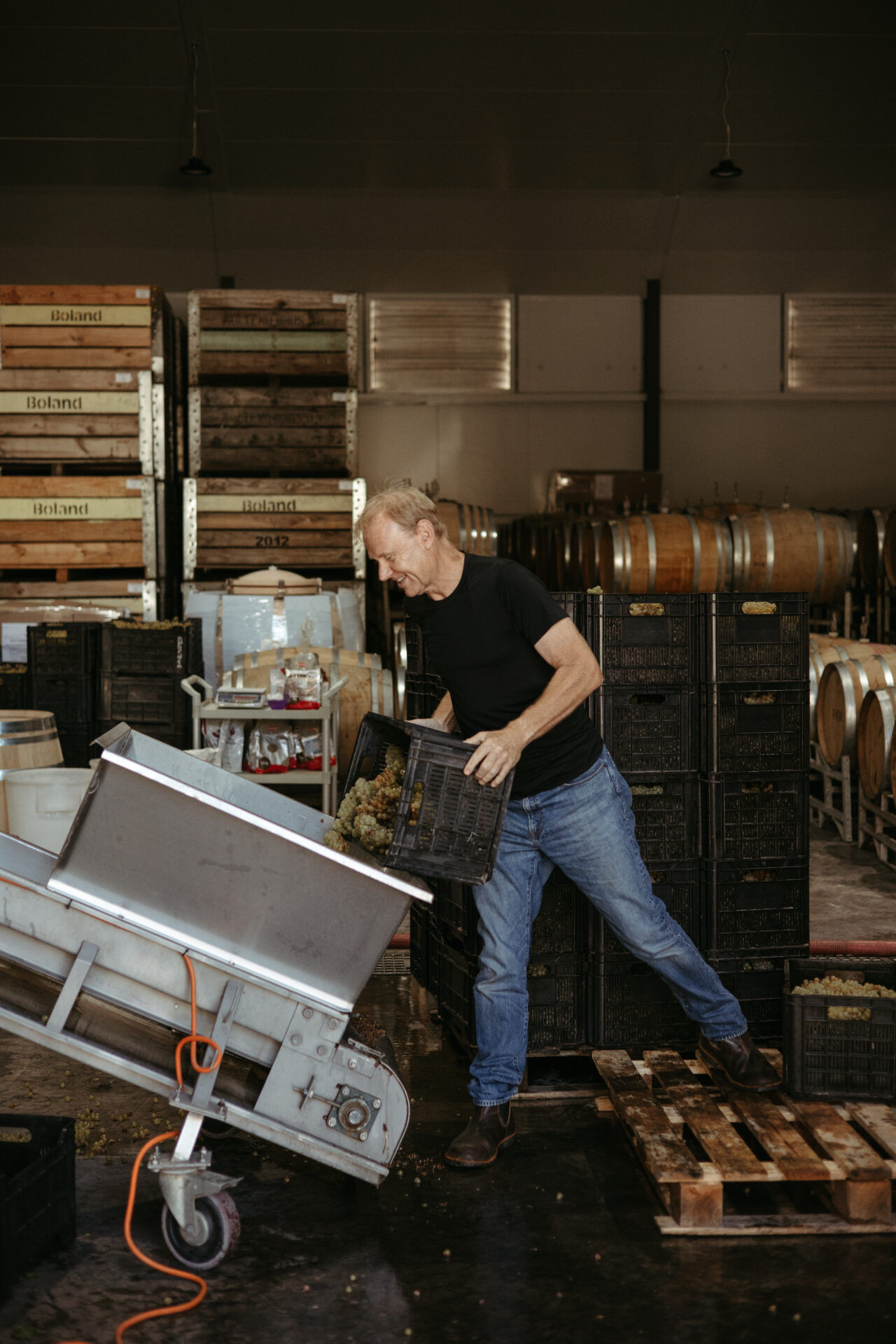
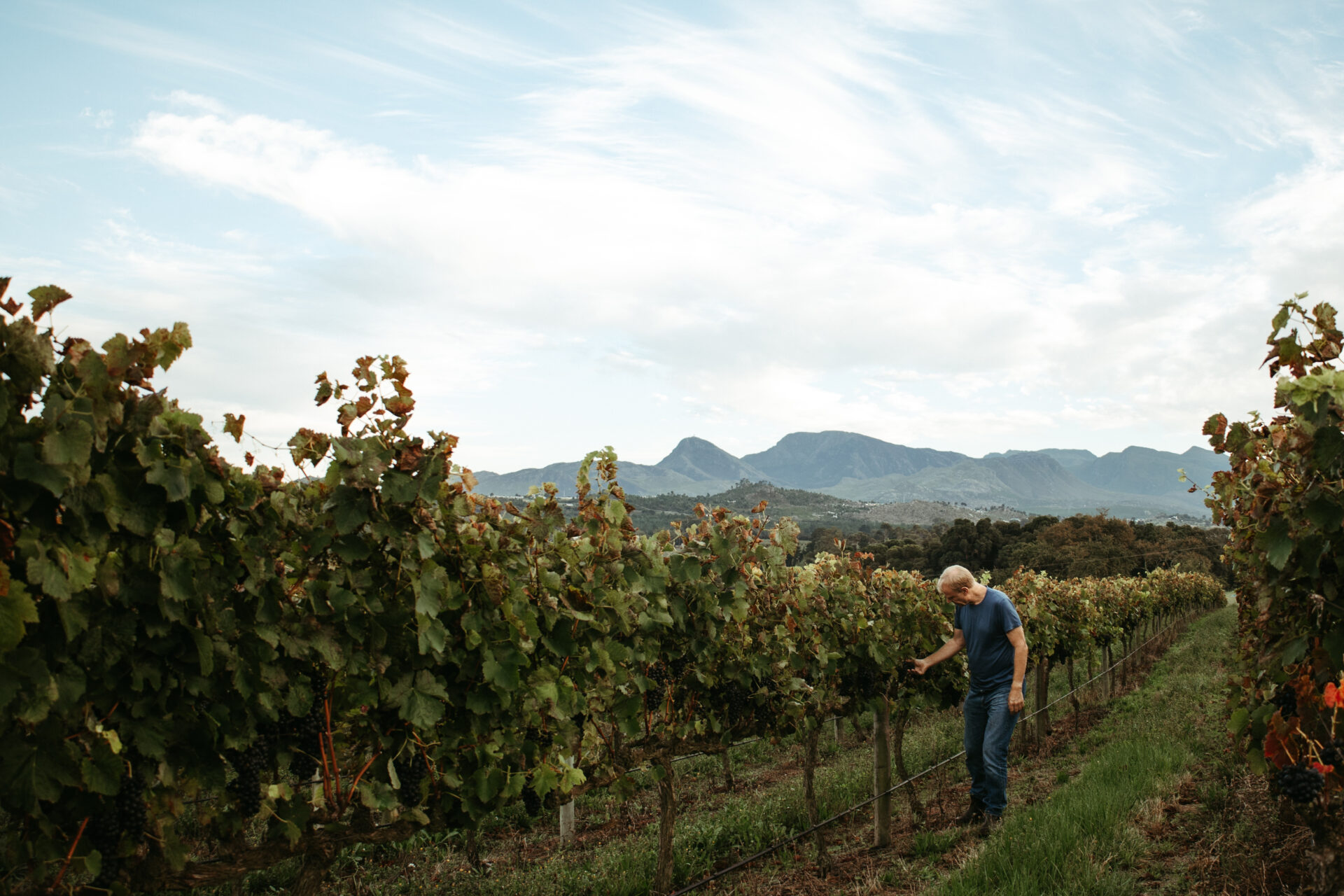
Kershaw Wines
